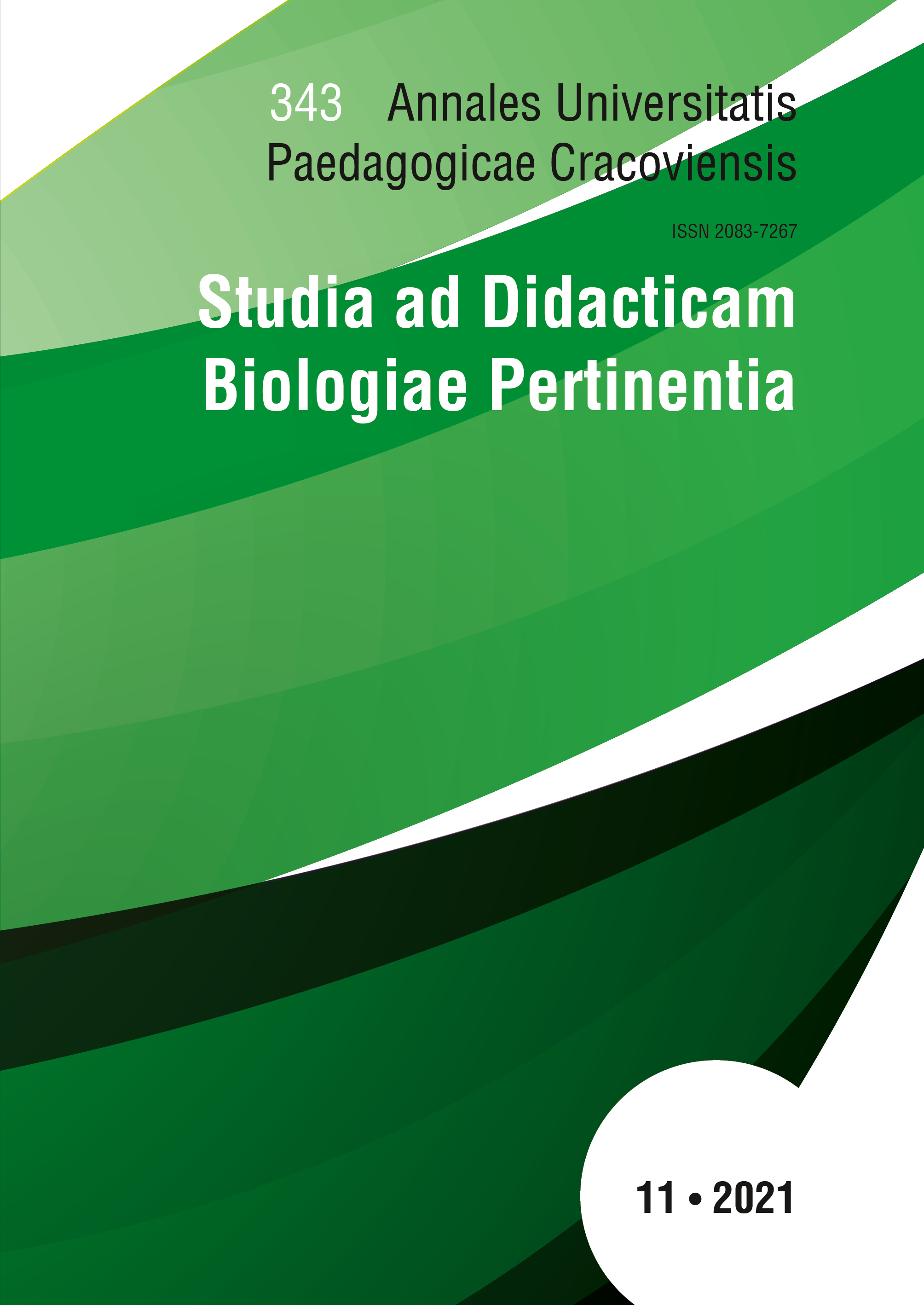How do we know what people see when they look at diagrams?
Keywords:
scientific diagrams;, noticing;, methods;, group analysisAbstract
The paper focuses on methods of data collection from scientific diagrams, particularly on what viewers notice, i.e. what attracts their attention. It compares Eye Tracking with a Noticing Aloud Protocol. In the latter case, the researchers simply asked participants to say out loud what they noticed in a diagram, with the resulting conversation being audio recorded. The analysis of the recordings took place within a group of experienced researchers, collecting data on components, location, what was observed (even if it was not really present) or left out. The participants more often provided interpretations of what they noticed, suggesting a cognitive interaction with what they noticed. In this methods paper, generalisations from both published and unpublished evidence are included to give an indication of the scope and benefits of the Noticing Aloud Protocol. These are related to the prevalence of e-learning that includes diagrams.

